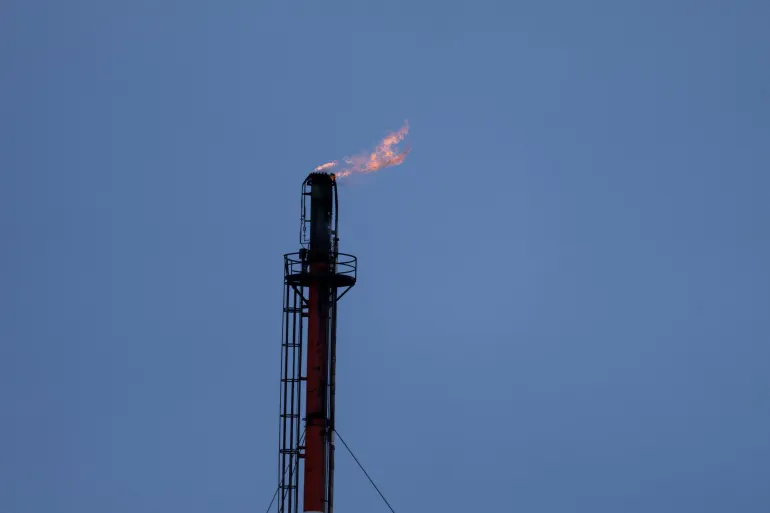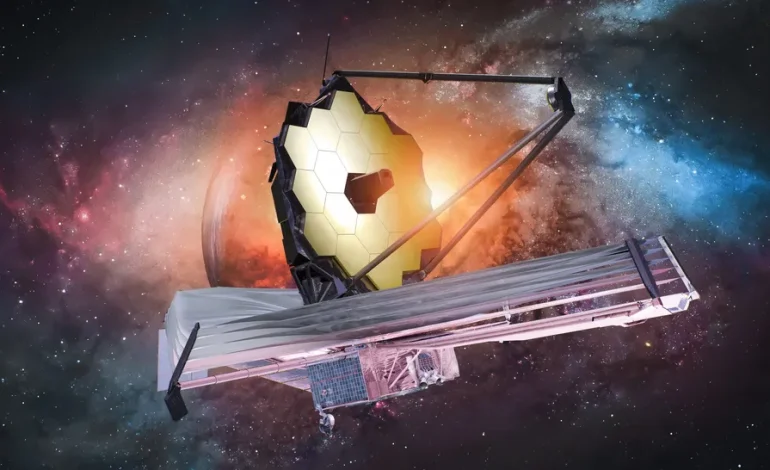The James Webb Space Telescope has captured rare, direct images of two massive gas giant planets in the early stages of development, providing new insights into the complex process of planetary formation, Reuters reports.
The discovery was detailed in a study published this week in Nature.
Located about 310 light-years from Earth in the constellation Musca, the two planets orbit a young star named YSES-1, which is roughly the same mass as our sun but only about 16 million years old. In contrast, the sun is approximately 4.5 billion years old.
Both planets are more massive than Jupiter, the largest planet in our solar system. Despite orbiting the same star, they appear to be at different stages of infancy. One planet, the innermost of the two, has a mass around 14 times that of Jupiter and is surrounded by a disk of fine dust. This structure suggests it is either still forming or possibly experiencing the early development of a moon. Webb also detected water and carbon monoxide in its atmosphere.
The outermost planet, with a mass about six times that of Jupiter, does not have a surrounding disk but features an atmosphere rich in silicate clouds. Webb’s instruments also detected methane, water, carbon monoxide, and carbon dioxide in this planet’s atmosphere—offering a stark contrast to gas giants in our own solar system.
The planets orbit at vast distances from their host star—160 and 320 times farther than Earth is from the sun—which is much farther than expected for planets that formed within a protoplanetary disk. Scientists remain uncertain about how these planets reached their current positions or why they are developing so differently.
“Theoretically, the planets should form around the same time, since planetary formation happens relatively quickly—within about a million years,” said astrophysicist Kielan Hoch of the Space Telescope Science Institute in Baltimore, who led the study. “Why one still retains a material disk and the other has silicate clouds is still a mystery.”
This observation adds to the James Webb Space Telescope’s growing body of work on exoplanets and planetary systems. Since becoming operational in 2022, Webb has significantly advanced the study of planet formation and atmospheric composition through its powerful near- and mid-infrared capabilities.
“Webb is revealing all sorts of atmospheric physics and chemistry happening in exoplanets that we didn’t know before,” Hoch said. “It’s challenging every model we had prior to its launch.”










The latest news in your social feeds
Subscribe to our social media platforms to stay tuned